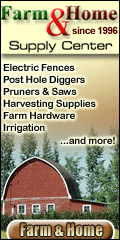
>
Vermiculture... composting with worms.

The nutritional value of soil is hard to tell just by looking at it.
The darker the soils the more probable that more organic matter is there.
Did you know that the richest soil around is made up mostly of earthworm
castings, which is the earthworms manure? The earthworms waste products
add valuable nutrients to any soil. The concentrations of nitrogen,
calcium, magnesium, and phosphates are all higher in soil that has
earthworms. The movement of the earthworms through the soil loosens
it up and makes it valuable to all gardeners and to many others. The
enriched soil is naturally processed by the earthworms.
As the earthworm passes through the soil it eats, decomposes, and
deposits the castings. The earthworm neutralizes the material by the
secretions of calcium carbonate from glands near the earthworm's gizzard.
The gizzard breaks the material down to a very fine texture and then
it is digested by the earthworm. Continuing on through the earthworm's
digestive tract, there are hormones, enzymes etc. that continue to
breakdown the material. When it passes out in the form of castings,
it is a rich and high quality humus material. These casts are not only
high in nutrients but also high in beneficial bacteria for the soil.
If you have a lawn and you use insecticide, you may want to rethink it.
Try using a natural form of insect control because the insecticide will
make the earthworms burrow very deep into the soil, unable to help your
lawn. If you do not use insecticide, the beneficial earthworms will stay
toward the top of your lawn where soil aerification is needed. The
earthworms consume thatch also.
Most gardeners have a compost pile where they throw all of their
vegetable scraps and dried leaves etc. It takes some time for all
that to break down into usable organic matter. If you put earthworms
in the pile the decomposition will take place much faster. To have
plenty of earthworms be sure the pile is moist at all times or the
earthworms will die.
All fertile areas of this planet have, at least once, passed through the bodies of earthworms.
- Charles Darwin

Commercial worm farming, technically known as vermiculture,
got it's start in the bait industry. In the 1800's fishermen got
lazy and entrepreneurial folks realized there was money
to be made in selling earthworms to fisherman.
Concurrently, in the twentieth century people began to explore more
thoroughly the role of earthworms in soil cultivation, aeration,
and plant growth. Although science, through people like Darwin,
showed the important role of the earthworm in agriculture, worms for
the bait industry took off.
Small Scale Vermicomposting
Small-scale systems may use a wide variety of bins. Often, small-scale composters build their own bins. Companies also sell such bins. Commonly, bins are made of old plastic containers, wood, Styrofoam containers, or metal containers.
Some materials are less desirable than others in bin construction. Styrofoam is believed to release toxins into the earthworms' environment[citation needed]. Metal containers often conduct heat too readily, are prone to rusting, and may release heavy metals into compost.
Bins should have holes in the sides to allow air to flow, and a spout that can be opened or closed or holes in the bottom to drain into a collection tray. Plastic bins require more drainage than wooden ones because they are non-absorbent. The design of a small bin usually depends on where an individual wishes to store the bin and how they wish to feed the worms. Most small bins can be grouped into three categories:
- Non-continuous – an undivided container. A layer of bedding materials is placed in the bin, lining the bottom. Worms are added and organic matter for composting is added in a layer above the bedding. Another layer is added on top of the organic matter and the worms will start to compost the organic matter and bedding. This type of bin is often used because it is small and easy to build. But it is relatively difficult to harvest because all the materials and worms must be emptied out when harvesting.
- Continuous vertical flow – a series of trays stacked vertically. The bottom-most tray is filled first, in a similar fashion to any other bin, but is not harvested when it is full. Instead, a thick layer of bedding is added on top and the tray above is used for adding organic material. Worms finish composting the materials in the bottom tray and then migrate to the one above. When a sufficient number of worms have migrated, the vermicompost in the bottom tray can be collected and should be relatively free of worms. These bins provide an easier method of harvesting.
- Continuous horizontal flow – a series of trays lined horizontally. This method too relies on the earthworms migrating towards a food source in order to ease the process of harvesting. The bin is usually constructed to be similar to a non-continuous bin but longer horizontally. It is divided in half, usually by a large gauge screen of chicken wire. One half is used until it becomes full, then the other half is filled with bedding and organic matter. In time, the worms migrate to the side with the food and the compost can be collected. These bins are larger than a non-continuous system but still small enough to be used indoors, with the added bonus of being easier to harvest.
How to Build a Worm Bin
Click Here for more detailed information on building your own worm bin.
Worms can be ordered
HERE.
Do you want to
BUY a Worm Bin
or build a worm bin of your own
To buy your own worms and bins ...
“Worms seem to be the great promoters of vegetation, which would proceed
but lamely without them, by boring, perforating, and loosening the soil,
and rendering it pervious to rains and the fibres of plants, by drawing
straws and stalks of leaves and twigs into it, and, most of all, by
throwing up such infinite numbers of lumps of earth called worm-casts,
which, being their excrement, is a fine manure for grain or grass.
- The Rev. Gilbert White of Selborne, 1777

FREE Garden Journal!!
Join "Garden Notes" and plan for Harvest Success as you track and record your gardening progress.
Your Free Personal Garden Journal has pages for jotting down notes on the seeds you start,
your new plantings, when you fertilized, and even a graph to plot a new garden.
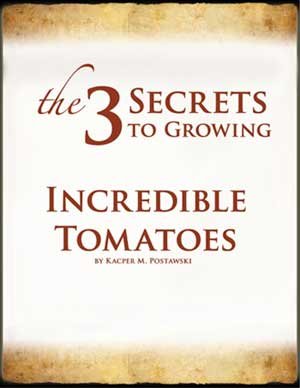
FREE Report
If you're interested in growing tomatoes, you've got to read this free report, because you're about to find out
3 age-old, tried and tested, organic tomato growing secrets that turn any tomato plant into a thriving source of the
juiciest, most
mouth-watering tomatoes you've ever tasted.
I didn't want to see another internet "eBook" on growing anything, but my husband signed up for Kacper's free report and I have to tell you, it is WELL worth the read. If you think you know everything about growing tomatoes, I challenge you to read Kacper's report. HIGHLY recommended!
Free Report Here
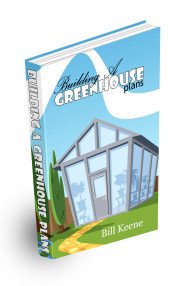
What's New?
Discover How To Easily Build An Attractive And Affordable Greenhouse That Will Grow Anything In Any Conditions… Also, building your own greenhouse just makes economical sense. You can build a greenhouse at just a fraction of the cost of buying a pre-built one. Most pre-built greenhouse you buy need to be assembled anyway, you’re really just paying hugely inflated prices for the material.
Click Here!
Book of the Month
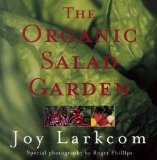
Based entirely on organic gardening principles. This says it all. Joy's book has been fully revised and updated and includes extensive new reading, particularly
on oriental and fruiting vegetables, and did I mention, is now entirely based on organic gardening practices.
Read More...





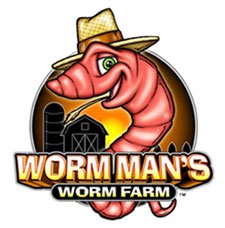





.jpg)





